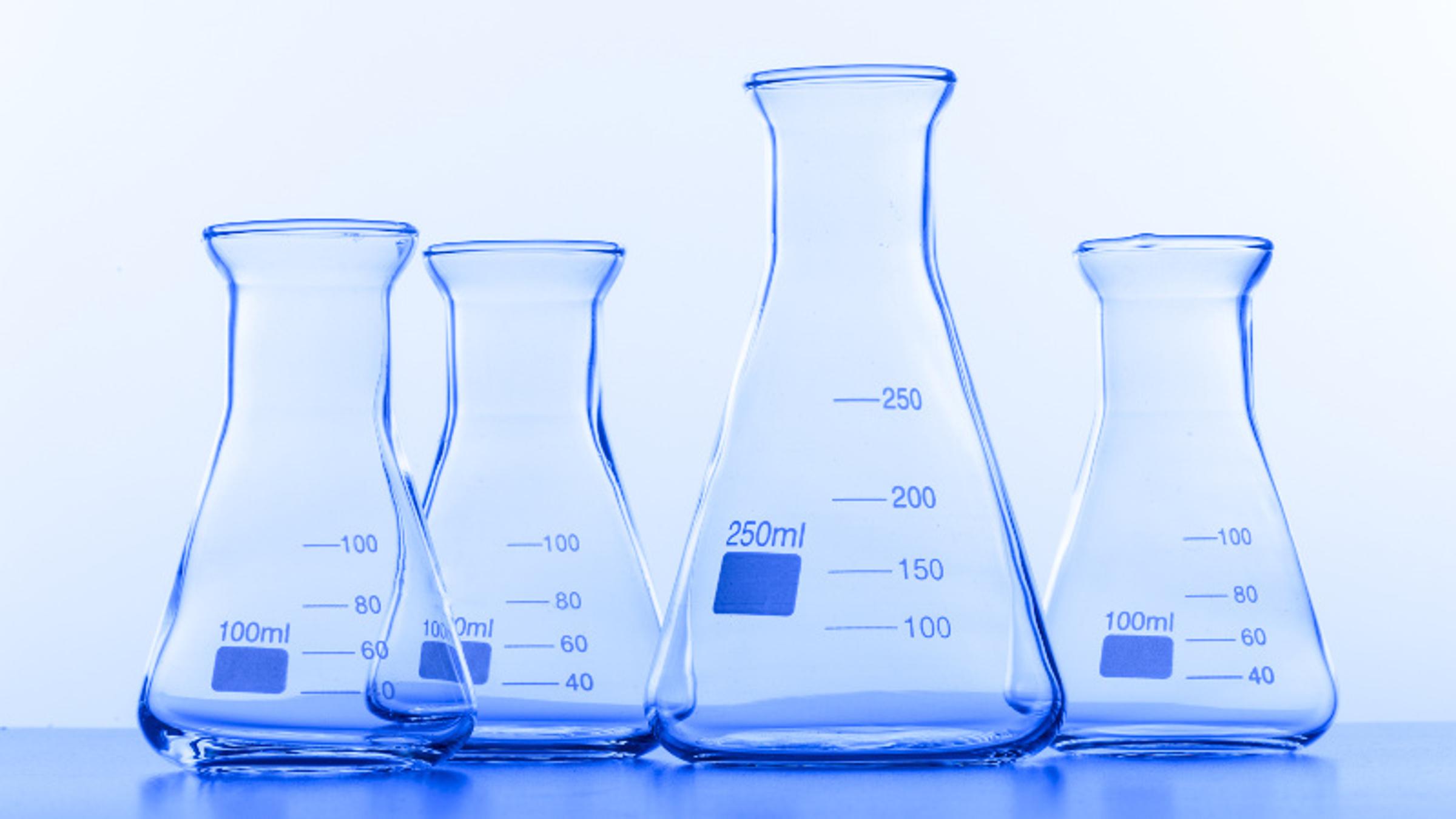Chemistry

Unit 1: How can the diversity of materials be explained?
How do the chemical structures of materials explain their properties and reactions?
In this area of study students focus on elements as the building blocks of useful materials. They investigate the structures, properties and reactions of carbon compounds, metals and ionic compounds, and use chromatography to separate the components of mixtures. They use metal recycling as a context to explore the transition in manufacturing processes from a linear economy to a circular economy.
How are materials quantified and classified?
In this area of study students focus on the measurement of quantities in chemistry and the structures and properties of organic compounds, including polymers.
How can chemical principles be applied to create a more sustainable future?
In this area of study students undertake an investigation involving the selection and evaluation of a recent discovery, innovation, advance, case study, issue or challenge linked to the knowledge and skills developed in Unit 1 Area of Study 1 and/or Area of Study 2, including consideration of sustainability concepts (green chemistry principles, sustainable development and the transition towards a circular economy).
Unit 2: What makes water such a unique chemical?
How do chemicals interact with water?
In this area of study students focus on understanding the properties of water and investigating acid-base and redox reactions. They explore water’s properties, including its density, specific heat capacity and latent heat of vaporisation. They write equations for acid-base and redox reactions, and apply concepts including pH as a measure of acidity. They explore applications of acid-base reactions and redox reactions in society.
How are chemicals measured and analysed?
In this area of study students focus on the analysis and quantification of chemical reactions involving acids, bases, salts and gases. They measure the solubility of substances in water, explore the relationship between solubility and temperature using solubility curves, and learn to predict when a solute will dissolve or crystallise out of solution. They quantify amounts in chemistry using volumetric analysis, application of the ideal gas equation, stoichiometry and calibration curves.
How do quantitative scientific investigations develop our understanding of chemical reactions?
In this area of study students adapt or design and then conduct a scientific investigation related to chemical equations and/or analysis, which must include the generation of primary data. They develop a research question related to the production of gases, acid-base or redox reactions or the analysis of substances in water, and adapt or design and then conduct a scientific investigation to generate appropriate quantitative data. Students organise and interpret the data and reach a conclusion in response to their research question.
Unit 3: How can design and innovation help to optimise chemical processes?
The global demand for energy and materials is increasing with world population growth. In this unit students investigate the chemical production of energy and materials. They explore how innovation, design and sustainability principles and concepts can be applied to produce energy and materials while minimising possible harmful effects of production on human health and the environment.
On completion of this unit, students should be able to:
- Compare fuels quantitatively with reference to combustion products and energy outputs, apply knowledge of the electrochemical series to design, construct and test primary cells and fuel cells, and evaluate the sustainability of electrochemical cells in producing energy for society.
- Experimentally analyse chemical systems to predict how the rate and extent of chemical reactions can be optimised, explain how electrolysis is involved in the production of chemicals, and evaluate the sustainability of electrolytic processes in producing useful materials for society.
Unit 4: How are carbon-based compounds designed for purpose?
Carbon is the basis not only of the structure of living tissues but is also found in fuels, foods, medicines, polymers and many other materials that we use in everyday life. In this unit students investigate the structures and reactions of carbon-based organic compounds, including considering how green chemistry principles are applied in the production of synthetic organic compounds. They study the metabolism of food and the action of medicines in the body. They explore how laboratory analysis and various instrumentation techniques can be applied to analyse organic compounds in order to identify them and to ensure product purity.
On completion of this unit, students should be able to:
- Analyse the general structures and reactions of the major organic families of compounds, design reaction pathways for organic synthesis, and evaluate the sustainability of the manufacture of organic compounds used in society.
- Apply qualitative and quantitative tests to analyse organic compounds and their structural characteristics, deduce structures of organic compounds using instrumental analysis data, explain how some medicines function, and experimentally analyse how some natural medicines can be extracted and purified.
